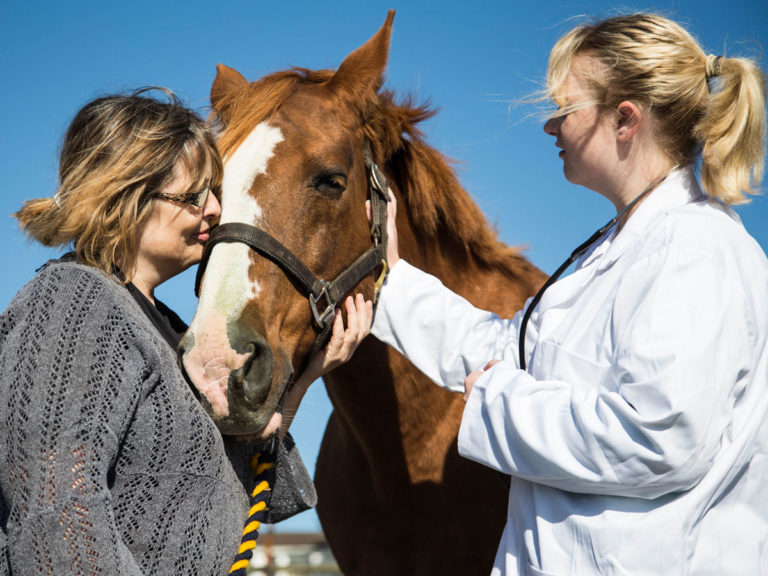
A rise in the number of Nocardioform placentitis cases resulting in late-term abortions occurred during the 2020 foaling season in Kentucky. Despite the fact this disease tends to resurge every few years, our ability to treat and prevent it remains relatively shackled.
Veterinarians and veterinary researchers met during the Virtual Workshop on Nocardioform Placentitis to share their experiences and knowledge with this particular form of placentitis. Carleigh Fedorka, PhD, a postdoctoral scholar at the University of Kentucky’s Gluck Equine Research Center, relayed data she collected in the University of Kentucky Veterinary Diagnostic Laboratory during this last “uptick” in Nocardioform placentitis.
To begin, Fedorka noted that her data confirmed observations made by C. Scott Bailey, DVM, resident veterinarian of Claiborne Farm in Kentucky based on his field experience with Nocardioform placentitis. Specifically:
- Mares diagnosed with Nocardioform placentitis had an abbreviated gestation length of about 10 days;
- Affected mares tended to be older, but both multiparous and primiparous mares could become infected;
- Surviving foals were born small but were apparently healthy with normal white blood cell counts and immunoglobulin G levels; and
- Nocardioform placentitis did not negatively affect future fertility.
“By 30 days postpartum, no Nocardioform bacteria could be cultured from previously affected mares,” said Fedorka.
Characteristic placental abnormalities on both transrectal and transabdominal ultrasound examination alongside premature mammary development were found to be indicative of Nocardioform placentitis in the field. Still, many cases went unnoticed during pregnancy and were only identified postpartum by the hallmark focal mucoid placental lesion.
However, both false positive and negative observations occurred in the field.
“About 20% of placentas marked as normal by the submitting veterinarian/farm actually tested positive for Nocardioform in the lab,” relayed Fedorka.
Lesion size also appeared to relay important information. For example, the larger the lesion on the placenta, the less likely the foal was to survive. Further, larger lesions were noted with later breeding dates—April and May.
Fedorka said, “This is interesting, as it further indicates that this disease may be impacted by climate and season.”
She also reported that type of Nocardioform bacteria cultured from submitted samples did not affect outcome. That is, similar outcomes were observed with both Crosiella and Amycolaptosis.
If a mare was diagnosed with Nocardioform placentitis based on ultrasonography or clinical alterations, empiric treatment was often initiated by field veterinarians. Treatments included one or more of the following: NSAIDs, steroids, altrenogest, pentoxifylline, vitamin E and antibiotics (e.g., TMS, SMZ, doxycycline, gentamycin).
Such treatments did not significantly improve neonatal outcome.
“Due to the global health threat of antibiotic resistance and documented side effects of altrenogest in late gestation, both should be questioned for their routine use in the prevention of this disease,” Fedorka emphasized.
“Finally, mares that previously had Nocardioform placentitis were able to become infected again. However, they were not more likely develop future infections in subsequent pregnancies. And while this condition does not appear to be contagious, how exactly it is spread remains unclear,” concluded Fedorka.








